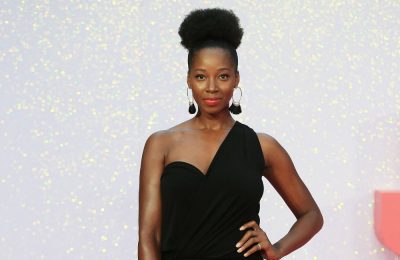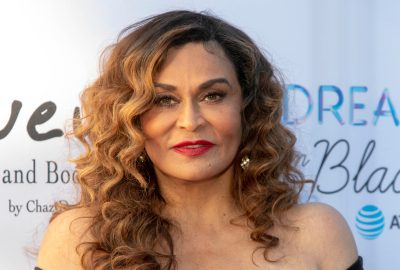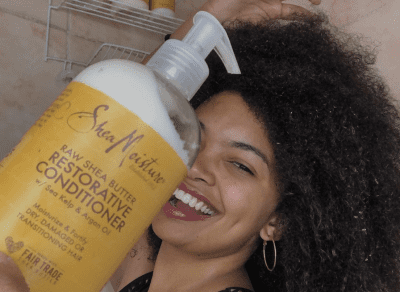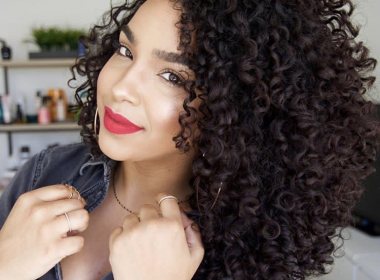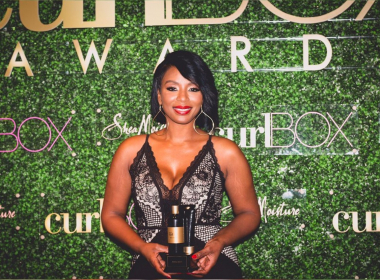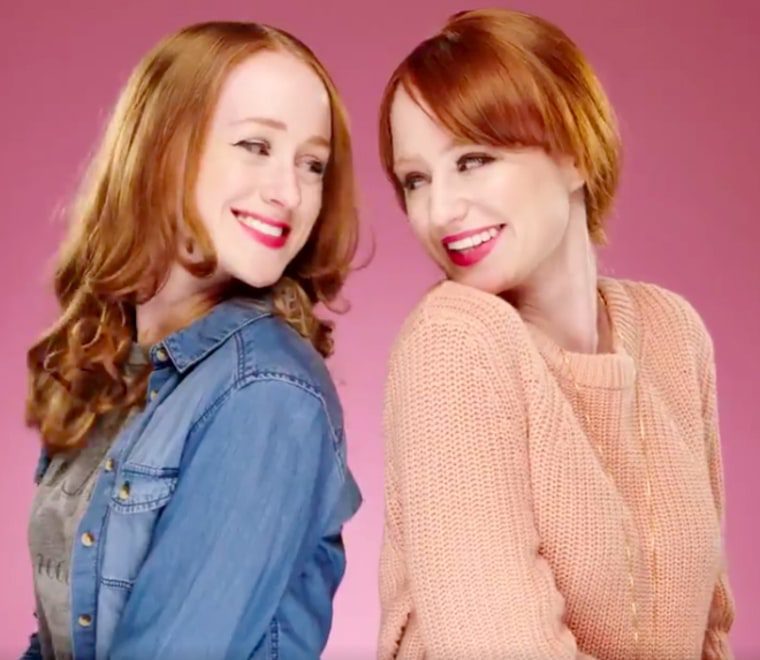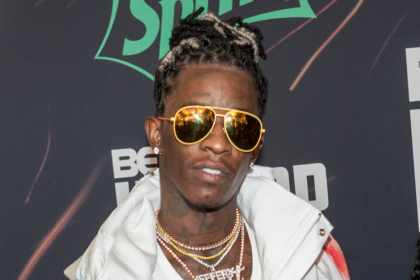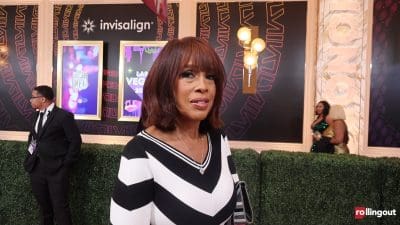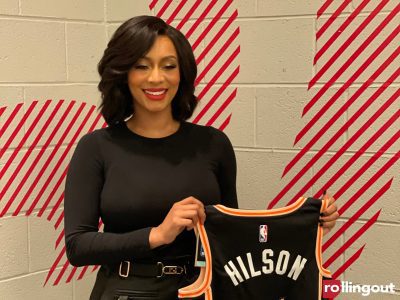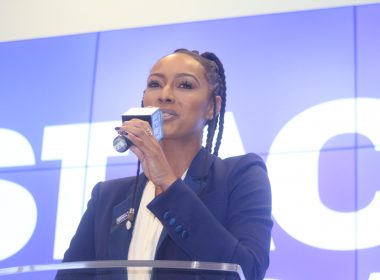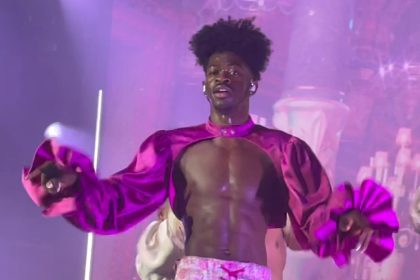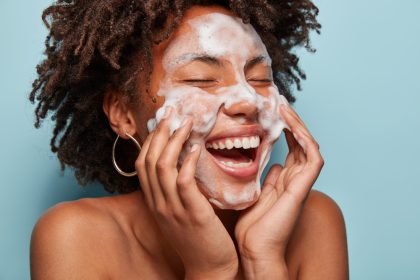
Over the past couple of days, the SheaMoisture brand has worked tirelessly on social media responding to inquiries, comments, and rants by onlookers, namely Black women, outraged at the company’s latest hair product ad campaign. In short, the ad was SheaMoisture’s attempt to address the idea of “hair hate” by providing testimonials of women who were discriminated against or self-conscious about characteristics of their hair.
The ad featured four women, three who were white women, discussing the trials of having an unpopular color hair and bad hair days. Although the opinions about the ad campaign varied; the backlash from Black women was so profound that the company quickly pulled the ad with a very candid Twitter apology that stated, “Wow- we really f-ed this one up! Please know that our intent was not, & would never be, to disrespect our community.”
Some may watch the video and ask, “Why is everyone so upset?” While others immediately get it. Whether you are for or against the ad campaign, the true issue here was the miscommunicated message that the ad portrayed. Judging from Twitter comments, the majority of Black women who voiced their concerns were offended for several reasons:
- There was no representation of the hair textures that have historically experienced the most “hair hate.”
- The use of the term “natural hair” has been coined as a staple movement for Black women to finally embrace their curly, kinky, and coiled hair after years of “hair hate” and shame. To see the term used to describe the plight of another demographic that has not had the same historical struggle with hair, felt like an oversight to Black women.
- There was a very limited representation of the Black women who supported and loyally recommended SheaMoisture products from the start of the company.
As a public relations professional who has worked in branding over the years, I can honestly say that I don’t think SheaMoisture expected the backlash that they received; and despite how the ad campaign looked, I don’t believe that they truly feel the way that their views are portrayed in the ad. However, I understand how this miscommunication happened and why Black women felt so strongly about this ad. It’s all for one simple reason.
The Target Demographic Felt Overlooked.
When building a brand, the company must first and foremost determine their target audience and what “need” the brand will fulfill for that audience. SheaMoisture quickly figured this out with products that were specifically created for hair textures that lacked success with “mainstream products.” If you search the product reviews on social media regarding hair care, you will find countless videos of Black women with countless hits on natural hair tutorials and demonstrations using SheaMoisture products.
Black women helped to build and publicize this brand that is also Black-owned. When the ad was released and the representation of the key target audience was lacking, Black women, especially those who loyally support the brand, felt overlooked, disregarded and “whitewashed.” Given the message of overcoming “hair hate” that was prevalent in the ad, the ad seemed like a slap in the fact to the brand’s key demographic.
Whenever branching out into a new market, a brand must always remember their target audience and their feelings. With no representation of the kinkier and coiled hair types in a video about hair discrimination, Black women were left to feel obsolete in what appeared to be an attempt to reach a new demographic. So I ask, was the mindset of the company to take an “out with the old, in with the new” approach to the video? I think not. However, did the company do a good job being inclusive of everybody in a campaign that proclaims “everybody gets love?” Absolutely not.
I think that SheaMoisture is sincere in their efforts to “right this wrong” and that their future campaign ads will be more mindful and sensitive to the issues addressed during this failed campaign. Personally, I feel that growth is great for a business and the fact that the company is able to cross over into different demographics is great. Those who don’t understand the feelings behind the social media outcry may feel as though Black women are upset that the company is inclusive of different demographics, and that is not the case. It’s OK to include other demographics and cross over to new textures, however, in doing so it is vital to remain loyal to those who were first loyal and instrumental in the growth of the company. In addition, the target audience should always feel appreciated.
In future campaigns, I urge brands such as SheaMoisture to be more mindful of the verbal and nonverbal messages that they are sending; utilize focus groups of all the demographics represented in their marketing endeavors and listen to their feedback in order to get valid opinions, and always remember the target audience and their perceptions. Black women should be commended for speaking up and voicing their displeasure as a consumer, while SheaMoisture should be commended for their quick response and honest attempts to reconnect their key demographic. The moral of this story is that when discussing “everybody” be sure that “everybody” is included.
–Melva Robertson is an Atlanta publicist, motivator, and author of Congratulations! It’s a Brand, which is available on Amazon.com and focuses on helping individuals set realistic and attainable goals. Whether personally or professionally, the principles are the same. Robertson has participated in panels, workshops, and seminars educating people on how to set and measure their OWN success. She also focuses on individual reputation, personal brands and of course business brands. Learn more at www.thewritemediagrp.com.

